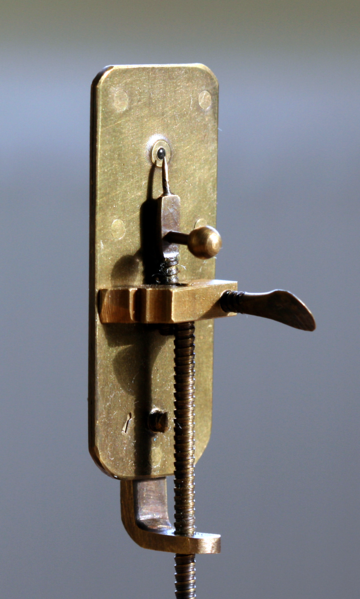Quantum Field Theory lecture notes by David Tong (2007) puts it well:This is also mentioned e.g. at Video "The Quantum Experiment that ALMOST broke Locality by The Science Asylum (2019)".
In classical physics, the primary reason for introducing the concept of the field is to construct laws of Nature that are local. The old laws of Coulomb and Newton involve "action at a distance". This means that the force felt by an electron (or planet) changes immediately if a distant proton (or star) moves. This situation is philosophically unsatisfactory. More importantly, it is also experimentally wrong. The field theories of Maxwell and Einstein remedy the situation, with all interactions mediated in a local fashion by the field.
This section is more precisely about classical mechanics.
Our definition of "film" is a broad one, including any moving picture, of any length, animated or not.
Official Command-line interface to convert a directory of OurBigBook Markup files into a static website. See also: cirosantilli.com/ourbigbook/ourbigbook-cli
www.youtube.com/watch?v=H_H_TF5Kxks This Lab is RIDICULOUS (2021) gives an overview of their new laboratory, and hints of the types of projects they want to carry out.
- micro.magnet.fsu.edu/index.html OLD website with great design and much love. Some notable things:
Python graphics engine open sourced at: github.com/3b1b/manim "Animation engine for explanatory math videos". But for some reason there is a community fork: github.com/ManimCommunity/manim/ "This repository is maintained by the Manim Community, and is not associated with Grant Sanderson or 3Blue1Brown in any way (though we are definitely indebted to him for providing his work to the world). If you want to study how Grant makes his videos, head over to his repository (3b1b/manim). This is a more frequently updated repository than that one, and is recommended if you want to use Manim for your own projects." what a mess.
In some systems, e.g. including Metamath, modus ponens alone tends to be enough, everything else can be defined based on it.
Unlisted articles are being shown, click here to show only listed articles.

